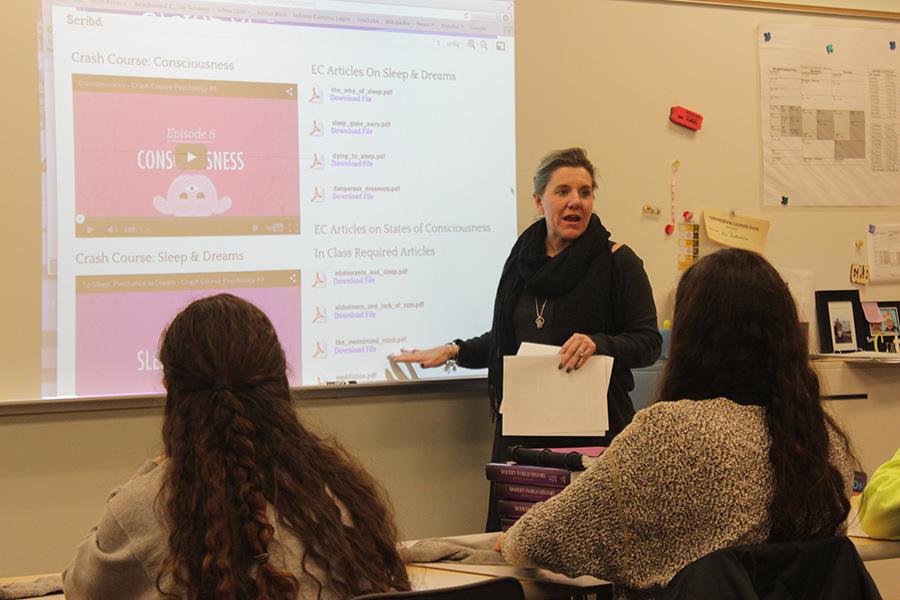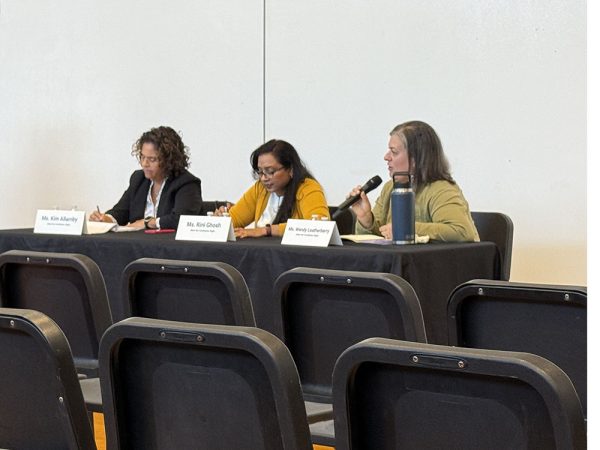Beachwood Teachers Working Under New Contract This Year
In August 2015, the Beachwood Board of Education and the Beachwood Federation of Teachers agreed to a three-year teacher contract, including a 6.6 percent raise over the contract period.
Additionally, teachers are paying increasing percentages for their health care premiums.
The 6.6 percent raise is distributed as 2.0 percent the first year, followed by a 2.3 percent increase in the second year and a 2.3 percent increase in the third year.
“The contract is fair,” Superintendent Bob Hardis said. “Beachwood teachers are among the highest-paid teachers in the state. One reason they are paid well is because Beachwood has fairly stable revenues. The community has always been very supportive of education.”
Ohio Education Association’s most recent data confirms that during the 2013-2014 school year, at $45,676, Beachwood City Schools was the district with the second highest starting salary in the state.
BFT President Evan Luzar, who represents approximately 160 teachers in the district, agreed that the contract is fair. He identified the main issues of the contract as health care benefits, salary and the ability for teachers to have a “meaningful voice in the process of professional development.”
Teachers will pay 10 percent of premiums in the first year, 12 percent in the second year and 15 percent in the third year.
Hardis said the increase in employee health care costs is in line with national trends.
“The district’s health care plan rates will inevitably increase, because the cost of health care overall is increasing rapidly. Every Beachwood employee will end up needing to pay more for his or her health care, as a result.”
The final change brought by the new contract concerns teachers’ involvement in their time and process of professional development.
“We have more of a voice in professional development,” Luzar said, citing the creation of a Curriculum Council. “Teachers will have a say in the planning of the days when professional development is occurring.”
Although Hardis had not yet become superintendent for much of the seven-month period in which the contract was negotiated, he shepherded it through the ratification process.
Prior to negotiation, Luzar surveyed teachers about their concerns. “Before every negotiation, a survey goes out to the entire membership to try to gauge what are the most pressing needs or concerns,” he said. “That, combined with feedback from … building representatives during executive board sessions, helps to frame our focus for negotiations.”
“If there’s ever a problem, the first step is for a teacher to try to troubleshoot with the help of his or her building representative,” he said. “We try to solve all problems with the least amount of trouble.
“I believe that the negotiating process we went through was very difficult, but it was fair,” Hardis said. “Both sides made an attempt to try to understand the other, and both tried to find a compromise.”
“At the very essence of negotiation, there’s two sets of needs and … narratives,” Luzar said. “The goal is to find language that people can agree on that addresses their needs and narratives.”

Nam Nguyen has been writing for The Beachcomber since the fall of 2015. He reports on a variety of topics in the school and community. Nam has covered...






![“My parents have always said that education is important. My parents are Chinese immigrants, I'm Chinese American, [and that's a] value that has always been ingrained in our community,” said Senior Lyndia Zheng, pictured with Tony Zheng](https://bcomber.org/wp-content/uploads/2025/10/DSC_4244-600x400.jpg)




